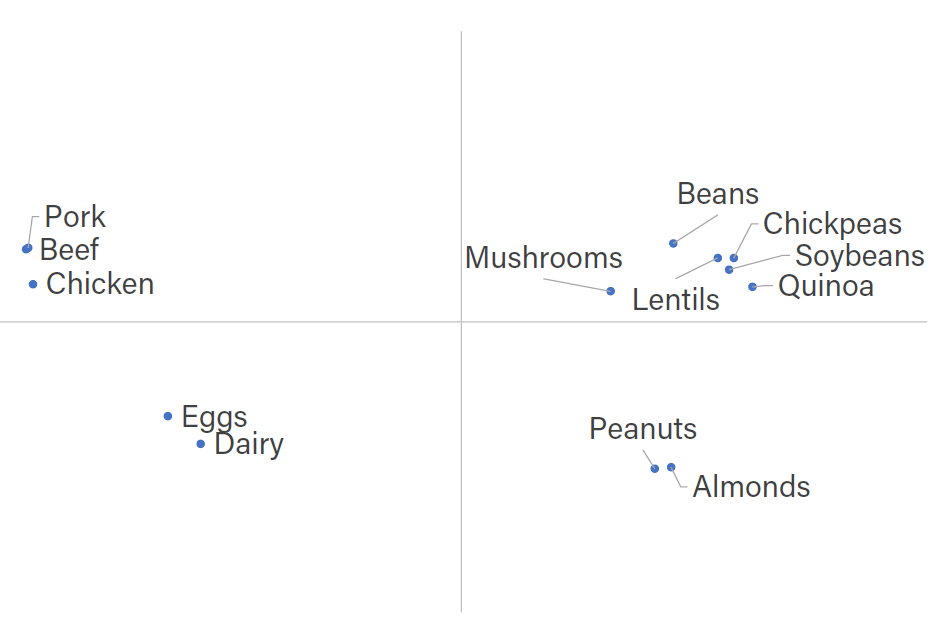That’s the title of a new paper co-authored with Vincenzina Caputo and Dan Blaustein-Rejto. Here’s the abstract:
“Evidence regarding whether consumers view plant-based meat alternatives (PBMAs) as substitutes or complements to animal-based meat is limited; however, the ultimate effect of increased demand for plant-based meats on poultry and livestock production depends on this relationship. While the research on consumer demand for meat alternatives is growing, most current elasticity estimates are based on stated preferences discrete choice models, which assume consumers choose only one option and that all options are substitutes. This study employs a basket-based choice experiment (BBCE) to estimate own- and cross-price elasticities at both disaggregate and aggregate product levels. We utilized a between-sample approach and designed two BBCEs to reflect both at-home and away-from-home consumption settings. We then used the results from the BBCE to inform an equilibrium displacement model. Our findings indicate that: 1) consumers are more price-sensitive when dining out than when eating at home, 2) own price elasticity for PBMAs lie between premium meat options (salmon and ribeye steak) and more affordable choices (burgers and chicken breast), 3) PBMAs complement conventional meat in at-home consumption but show a mix of complementarity and substitution dynamics in dining out; and 4) lowering prices of plant-based beef and chicken alternatives is unlikely to significantly impact conventional poultry and livestock production. ”
Read the whole thing here.





